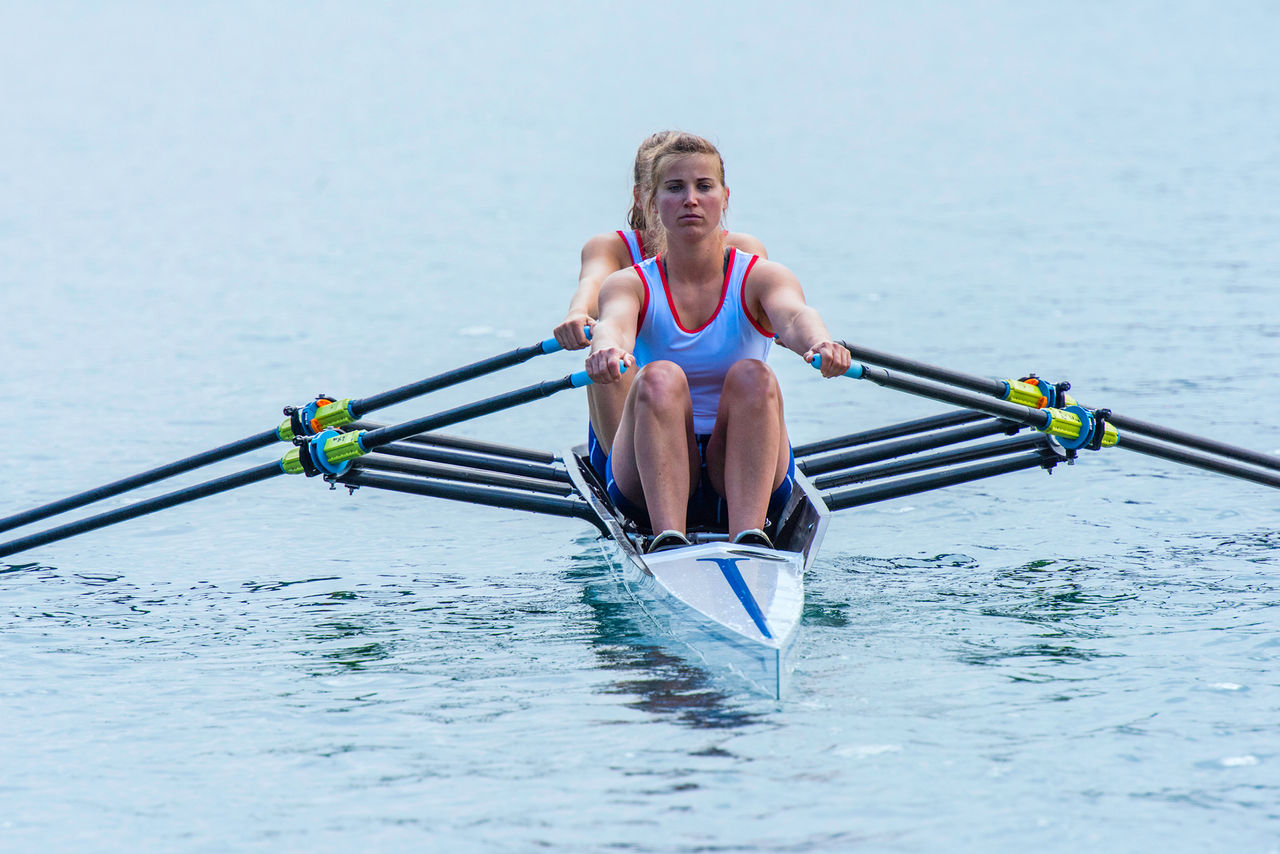-
- Find Care
-
- Visitor Information
- Find a Location
- Shuttles
- Visitor Policies
-
-
- Our Virtual Care Options
- Virtual Urgent Care
- Virtual Visits for Primary & Specialty Care
- Online Second Opinions
- Participate in Research
-
- Contact us
-
- For Innovators
- Commercialization Guide for Innovators
-
-
- Research News
- Alzheimer's Disease
- Artificial Intelligence
-
- Overview
-
- Overview
- Getting Started
- New to Mass General Brigham
- International Patient Services
- What Is Patient Gateway?
- Planning Your Visit
- Find a Doctor (opens link in new tab)
- Appointments
- Patient Resources
- Health & Wellness
- Flu, COVID-19, & RSV
- Billing & Insurance
- Financial Assistance
- Medicare and MassHealth ACOs
- Participate in Research
- Educational Resources
- Visitor Information
- Find a Location
- Shuttles
- Visitor Policies
- Find Care
-
- Overview
- Our Virtual Care Options
- Virtual Urgent Care
- Virtual Visits for Primary & Specialty Care
- Online Second Opinions
-
- Overview
- Participate in Research
-
- Overview
- About Innovation
- About
- Team
- News
- For Industry
- Venture Capital and Investments
- World Medical Innovation Forum (opens link in new tab)
- Featured Licensing Opportunities
- For Innovators
- Commercialization Guide for Innovators
- Contact us
-
- Overview
- Information for Researchers
- Compliance Office
- Research Cores
- Clinical Trials
- Advisory Services
- Featured Research
- Two Centuries of Breakthroughs
- Advances in Motion (opens link in new tab)
- Brigham on a Mission (opens link in new tab)
- Gene and Cell Therapy Institute
- Research News
- Alzheimer's Disease
- Artificial Intelligence
-
- Overview
-
- Overview
- Residency & fellowship programs
- Brigham and Women's Hospital
- Massachusetts General Hospital
- Mass Eye and Ear
- Newton-Wellesley Hospital
- Salem Hospital
- Integrated Mass General Brigham Programs
- Centers of Expertise
- Global & Community Health
- Health Policy & Management
- Healthcare Quality & Patient Safey
- Medical Education
- For trainees
- Prospective trainees
- Incoming trainees
- Current trainees
- Continuing Professional Development
Rowing Injuries: Prevention, Treatment, and Rehabilitation

Rowing is one of the most effective forms of exercise. This total body workout strengthens your arms, legs, and core—all at the same time. It also increases cardiovascular endurance and burns a lot of calories without putting much stress on your joints.
“Rowing provides tremendous benefits in terms of fitness level, both for the musculoskeletal system and the cardiovascular system,” says Kelly C. McInnis, DO, sports medicine physiatrist at Mass General Brigham Women's Sports Medicine Program and a team physician for Harvard Rowing. “If it’s approached appropriately, it’s a relatively safe sport. The injuries that we see in rowers are almost exclusively overuse injuries.”
Most common rowing injuries
The most common rowing injuries are:
- Back pain: In rowers, back pain often occurs in the thoracic spine (mid-back) and lower back. Pain in the thoracic spine is fairly uncommon in other sports.
- IT band syndrome: The iliotibial tract (IT band) is a long band of connective tissue that runs from hip to knee. Inflammation or injury in the IT band often causes knee pain in rowers.
- Patellofemoral pain: Pain in the front of the knee near the kneecap can occur when the kneecaps aren’t properly aligned during rowing. The knees should stay in line with the hips, rather than tracking inward.
- Rib stress fractures: When the muscles of the chest wall repeatedly pull on weak areas in rib bones, bone injury can result. Dr. McInnis notes that this injury is somewhat unique to rowing and rather uncommon in other sports.
- Shoulder impingement: This injury occurs when the rotator cuff tendons are pinched between the bone of the upper arm (humerus) and the scapula (shoulder blade) when you lift your arm.
- Tenosynovitis of the wrist: The repetitive wrist extension in rowing can cause wrist injuries, like swelling and pain in wrist tendons.
Research shows that 50% of rowing injuries occur off the water during other types of training, such as using an ergometer (rowing machine) or lifting weights. For competitive rowers, overuse injuries tend to happen in the off-season. Among elite rowers, the risk of overuse injuries has been found to be associated with time on an ergometer.
“Training on an ergometer is very different in terms of mechanics than being on the water,” Dr. McInnis says. “Although ergometers have come a long way, they just haven’t necessarily been able to replicate the on-the-water stroke.” For example, she says, ergometers put the spine into a more forward-flexed position, leading to more back pain and spine injuries.
Self-care for rowing injuries
For most rowing overuse injuries, Dr. McInnis recommends rest for 2 weeks, particularly time off the ergometer. Ice or heat may also provide some relief, and they won’t do further damage, she says.
You may also try a short course of regular doses of acetaminophen (Tylenol) or nonsteroidal anti-inflammatory drugs (NSAIDs). However, she cautions against NSAIDs for rib injuries, as some evidence shows they may delay healing.
If the pain comes back as you gradually resume activity, talk to a primary care provider or sports medicine specialist. Also seek medical attention if the pain affects daily activities outside of sports, such as sitting, walking, and climbing stairs. Pain at night or with deep breathing or coughing also requires medical attention.
Rowing injury prevention
“Most rowers are well-informed and train correctly. The sport attracts a certain personality—people with attention to detail, particularly at the competitive level, and they’re usually very much in tune with the mechanics of the body motion,” says Dr. McInnis. “But if you’re not able to achieve well-established form and proper technique, particularly as you fatigue, then you may not be ready for that volume of exercise until you build strength and endurance.”
Whether you row competitively or use an ergometer at the gym, certain strategies can help you prevent rowing injuries. Dr. McInnis emphasizes the importance of:
- Avoiding rapid increases in training frequency, intensity, or volume
- Balancing workouts so you are strong in both upper and lower body as well as core
- Cross-training
- Increasing flexibility
- Learning and practicing proper rowing form, particularly rowing machine technique
“If you approach training in a stepwise fashion, making incremental increases in intensity and volume that are appropriate for you, then you can avoid some of these overuse issues,” Dr. McInnis says. “It’s important to use proper form, proper biomechanics, and have the right balance of upper-body and lower-body strength, as well as flexibility, to be able to support the volume.”
Treatment for rowing injuries
When you seek medical care for a rowing injury, you will have a physical exam and a detailed discussion about your activity. A sports medicine specialist will likely recommend activity modification, sometimes combined with physical therapy.
Modify activity following rowing injuries
Dr. McInnis says she rarely recommends that a rower stops training. In fact, research shows that completely stopping activity predicts injury recurrence. Instead, she recommends that rowers adjust the ways they train.
“It’s often not a complete discontinuation of all activities. It’s often a shift in volume or intensity. We can also shift you to cross-training and lower-impact modes of fitness, like biking or swimming or using the elliptical machine. So you’re still using your muscle groups, still getting your heart rate up, and still getting a cardiovascular workout,” she explains.
In addition to adjusting the types of activity, sports medicine specialists can assess your training processes and technique. They also can evaluate other potential issues, such as muscle imbalances and limb alignment.
Physical therapy for rowing injuries
“Beware of self-rehab,” Dr. McInnis says. “If you’re trying some exercises that you learned online and it’s exacerbating your pain, you might not be using the right form or technique or firing the right muscle group.”
A trained physical therapist or athletic trainer who understands the mechanics of rowing can guide you through a strengthening and conditioning program, correct certain deficits and improve technique. “So after you take a period of activity modification, then you can ramp up again and prevent repeating the same injury,” she says.
Additional treatments for rowing injuries
On rare occasions when activity modification and physical therapy are not successful, your sports medicine specialist may recommend:
- Imaging tests such as x-rays, CT scans, or MRIs
- Injection therapy
- Prescription medications
- Surgery
A specialist also might recommend more comprehensive care from a multidisciplinary team, including:
- Endocrinologists to address metabolic issues
- Sports cardiologists
- Sports nutritionists
- Sports psychologists to help with anxiety, disordered eating, or other conditions that can affect performance
Receive the same level of care as professional athletes
Dr. McInnis and her colleagues treat many elite athletes, such as the New England Patriots and Boston Red Sox. In this Q&A, she says this elevates the level of care that Mass General Brigham sports medicine specialists can provide to all athletes at all levels.
“We rely on the highest level of medical evidence and keep up with cutting-edge interventions,” Dr. McInnis says. “That translates to care of our amateur athletes—we approach an injury the same way. We look at the amateur athlete’s goals, and those goals are just as important as the elite athlete’s goals.”
